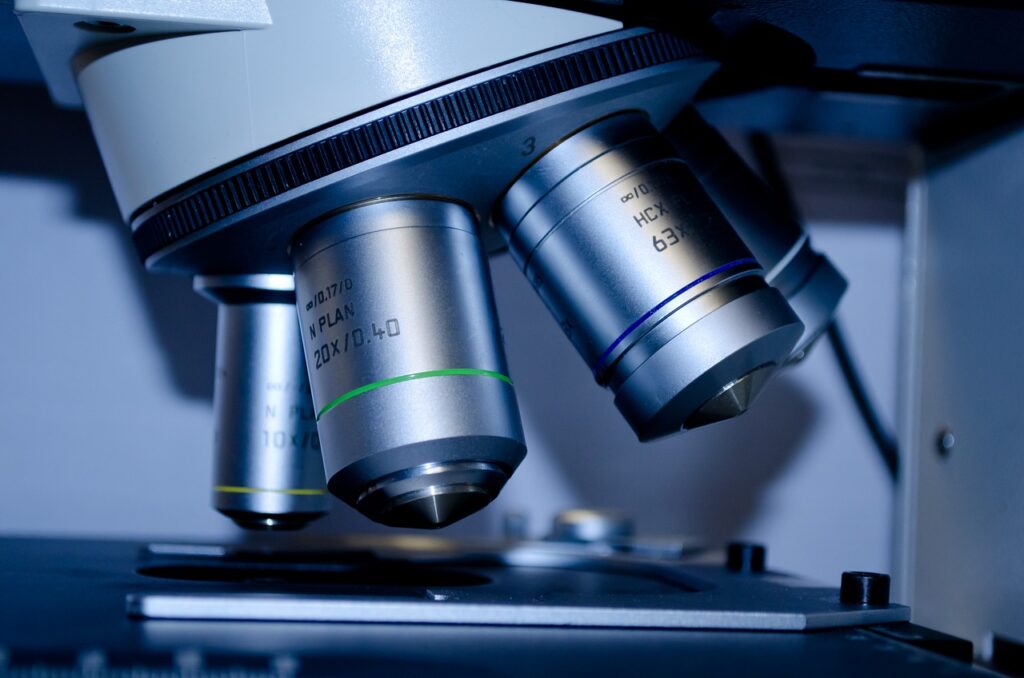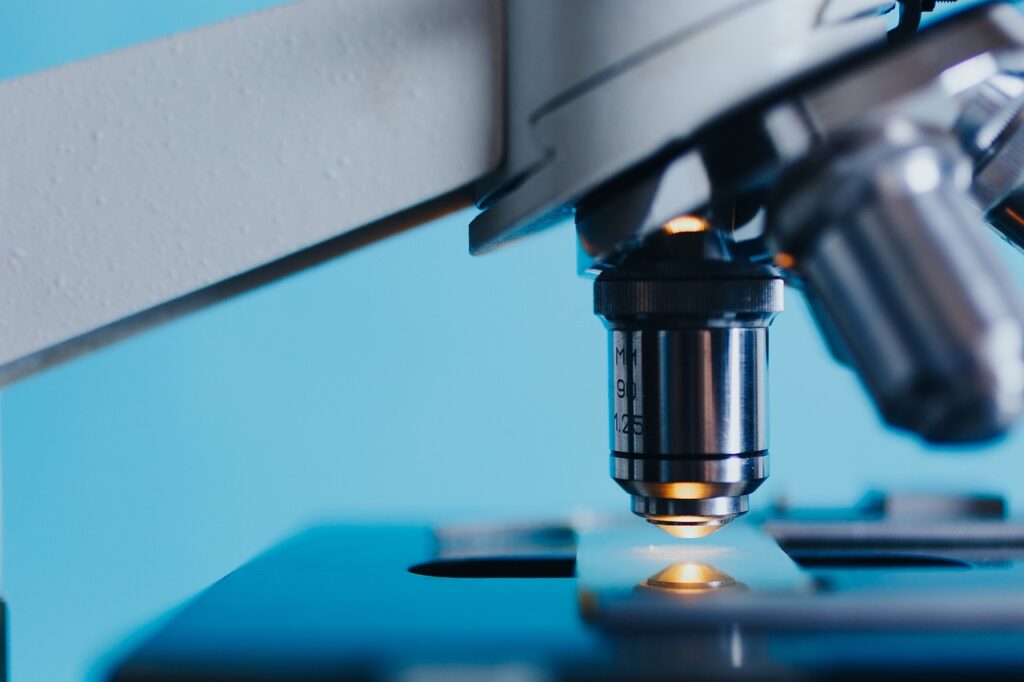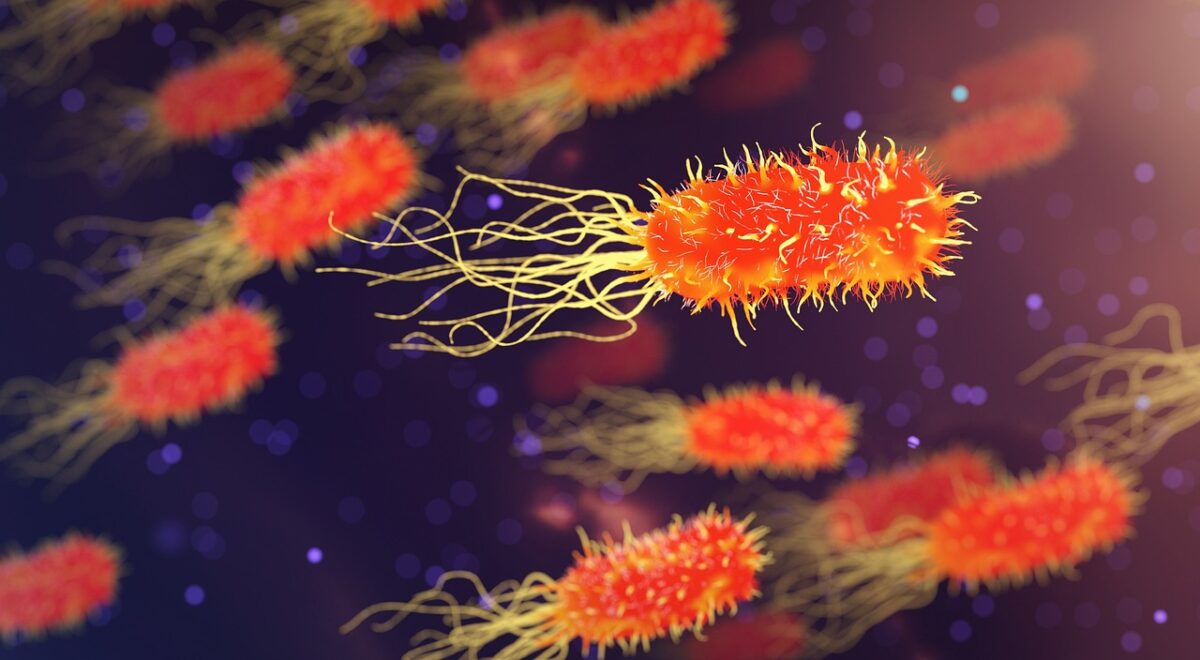Have you ever wondered if it is possible to connect a digital microscope to your iPhone? Well, the good news is that it is indeed possible! With the continuous advancements in technology, connecting a digital microscope to your iPhone has become a reality. This article will delve into the details of how you can use a digital microscope on your iPhone, opening up a whole new world of possibilities for exploring the microscopic wonders around us. So, let’s get started and discover the exciting world of digital microscopy with your iPhone!

Connecting a Digital Microscope to an iPhone
Are you interested in exploring the tiny world around you using a digital microscope? With the advancement of technology, it’s now possible to connect a digital microscope to your iPhone and capture incredible images and videos. In this article, we will guide you through the process of understanding the compatibility between a digital microscope and an iPhone. We will also discuss the various methods available for connecting them seamlessly.
Understanding the Compatibility
Before you dive into connecting your digital microscope to your iPhone, it’s crucial to understand the compatibility requirements. This will ensure that you have the necessary hardware components and software compatibility to successfully connect and operate the digital microscope.
Checking the Requirements
To begin with, let’s take a look at the requirements you need to check before connecting your digital microscope to your iPhone. The first thing you’ll need is a digital microscope with mobile-ready features. It should be specifically designed to work with mobile devices such as iPhones. Additionally, you’ll require a Lightning to USB adapter and a USB camera adapter. These adapters will act as the bridge between your digital microscope and your iPhone.
Required Hardware Components
Let’s break down the required hardware components in more detail. Firstly, you need a digital microscope with mobile-ready features. These microscopes are equipped with USB ports or an option to connect wirelessly to your iPhone. It’s essential to choose a model that is explicitly compatible with iOS devices for a hassle-free connection.
Next, you’ll need a Lightning to USB adapter. This adapter allows you to connect your digital microscope’s USB cable to your iPhone’s Lightning port. It essentially extends the connection capabilities of your iPhone, enabling it to communicate with the microscope.
Additionally, a USB camera adapter is also necessary. This adapter functions similarly to the Lightning to USB adapter but provides a USB port instead of a Lightning port. It is ideal for connecting your digital microscope if it has a standard USB interface.
Software Compatibility
Apart from hardware compatibility, it’s essential to ensure that your iPhone’s software is compatible with the digital microscope. Check the iOS version requirements for the microscope and make sure your iPhone is running a compatible version. Additionally, research and confirm that the microscope supports any third-party apps you may want to use for capturing and analyzing images/videos.
Exploring iPhone Compatibility
Now that you understand the hardware and software requirements, let’s delve into the iPhone’s compatibility with digital microscopes. Most modern iPhone models are compatible with digital microscopes, providing an excellent platform for microscopy enthusiasts to explore and document the micro world.
Devices running iOS 14 and above generally have seamless compatibility with digital microscopes, ensuring a user-friendly experience. However, even if you have an older version of iOS on your iPhone, you may still be able to connect a compatible digital microscope, provided the necessary adapters and software compatibility are met.
Methods of Connecting a Digital Microscope to an iPhone
Now that you have a good grasp of the compatibility requirements, let’s explore the different methods available for connecting a digital microscope to an iPhone. Depending on the type of digital microscope and your personal preferences, you can choose from a few options to establish a connection.
Using a Lightning to USB Adapter
One common method for connecting a digital microscope to an iPhone is by using a Lightning to USB adapter. This method is suitable for microscopes that have a USB interface. Here’s how you can go about it:
Understanding the Adapter
A Lightning to USB adapter is a small, compact device that plugs into your iPhone’s Lightning port. On the other end, it provides a USB port where you can connect the USB cable of your digital microscope. The adapter essentially enables your iPhone to recognize and communicate with the microscope.
Connecting the Digital Microscope
To connect your digital microscope to your iPhone using a Lightning to USB adapter, start by ensuring that both your microscope and iPhone are powered off. Carefully plug the USB cable of the microscope into the USB port of the adapter. Then, plug the Lightning to USB adapter into your iPhone’s Lightning port.
Installing Supporting Apps
Once the connection is established, you may need to install supporting apps to fully utilize the functionality of your digital microscope. Visit the App Store and search for microscope-related apps that are compatible with your specific microscope model. These apps can provide features such as image and video capture, image editing, measurement tools, and more.
Using a USB Camera Adapter
Another method for connecting a digital microscope to an iPhone is by using a USB camera adapter. This method is suitable for microscopes that have a standard USB interface. Here’s how you can connect them:
Understanding the Adapter
Similar to the Lightning to USB adapter, the USB camera adapter provides a USB port for connecting your digital microscope. However, instead of a Lightning port, it offers a USB port that you can connect to your iPhone.
Connecting the Digital Microscope
To connect your digital microscope to your iPhone using a USB camera adapter, start by turning off both the microscope and your iPhone. Connect the USB cable of the microscope to the USB port on the adapter, and then plug the USB camera adapter into your iPhone’s Lightning port.
Exploring App Compatibility
Once the connection is established, it’s vital to explore app compatibility. Check if the supporting apps you intend to use are compatible with the USB camera adapter method. Some apps may have specific requirements to work with this setup, and it’s essential to choose apps that offer the features you desire.
Using a Wi-Fi-enabled Digital Microscope
If you prefer a wireless connection, you can consider using a Wi-Fi-enabled digital microscope. These microscopes allow you to connect them to your iPhone via Wi-Fi, eliminating the need for adapters and cables. Here’s how you can connect them:
Wi-Fi Setup and Connection
Start by powering on the Wi-Fi-enabled digital microscope and follow the manufacturer’s instructions to set up the Wi-Fi network. Typically, this involves connecting your iPhone to the microscope’s network by going to the Wi-Fi settings on your iPhone and selecting the microscope’s network from the available options.
Installing and Configuring the App
To fully utilize the features of your Wi-Fi-enabled digital microscope, you’ll need to install and configure the dedicated app provided by the microscope’s manufacturer. Search for the app in the App Store, download it, and follow any setup instructions provided. The app will enable you to view the live feed from the microscope, capture images and videos, and access additional features such as image editing, measurement tools, and more.
In conclusion, connecting a digital microscope to your iPhone opens up a whole new world of exploration and documentation. By ensuring the compatibility of your microscope, adapters, and apps, you can connect seamlessly and harness the power of your iPhone’s advanced imaging capabilities. Whether you choose the Lightning to USB adapter, USB camera adapter, or opt for a Wi-Fi-enabled digital microscope, you’ll be able to capture stunning images, explore microscopic details, and enhance your understanding of the world around you. Happy exploring!

toto slot
cabe4d
toto slot
toto slot
toto slot
bandar toto macau
prediksi hk
situs togel
toto slot
situs togel
situs togel
situs togel
situs toto
cabe4d
cabe4d
bandar togel
situs togel
toto slot
situs toto
situs toto
data hk
situs togel
situs togel
slot mahjong
prediksi hk
situs toto
bandar togel
situs togel
toto slot
situs toto
cabe4d
cabe4d
situs toto
bandar togel
situs togel
https://www.metrouniv.ac.id/data/
toto slot
cabe4d
bandar togel
cabe4d
situs slot
https://oiald.unimen.ac.id/data/
slot mahjong
slot mahjong




